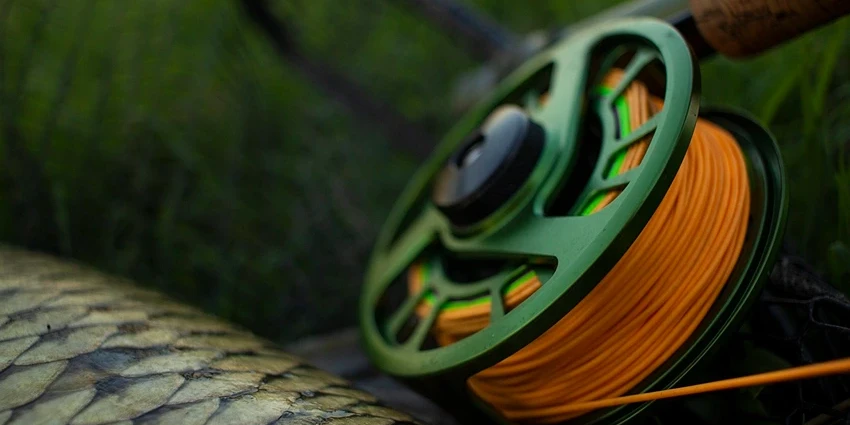All products were chosen independently by our editorial team. This review contains affiliate links and we may receive a commission for purchases made. Please read our affiliates FAQ page to find out more.
Jump to:
Can You Eat a Goldfish?
Eating a goldfish is not recommended. Goldfish are meant to be kept as pets, not consumed. In addition to ethical concerns, consuming a live goldfish poses health risks, as they may carry diseases. It is essential to treat animals with care and respect their well-being rather than considering them as food.
Key Takeaways
- Goldfish Origins: Tracing back to East Asia, goldfish have a rich history.
- Varieties and Traits: Numerous types exhibit diverse physical and behavioral characteristics.
- Environmental Impact: Goldfish play a significant role in ecosystems but can become invasive.
- Nutritional Profile: Comparing goldfish to other fish in terms of health benefits and risks.
- Culinary History: Goldfish in global cuisines and their cultural significance.
- Ethical and Legal Considerations: Understanding the implications of consuming pet fish.
Goldfish, often seen gliding gracefully in ornamental ponds or small aquariums, hold a place in many hearts as charming pets. But beyond their decorative appeal, a curious question arises: Can you eat a goldfish? This article delves into the multifaceted aspects of goldfish, from their origins to their place in the culinary world.

Introduction to Goldfish: More Than Just Pets
Goldfish, a domesticated form of wild carp from East Asia, have been cherished for centuries. Initially bred for their vibrant colors, they quickly became a symbol of luck and prosperity. Today, they are one of the most recognized aquarium fish worldwide.
Goldfish Varieties and Characteristics
Goldfish come in a plethora of varieties, each with unique features. From the elegant, flowing fins of the Fantail to the peculiar bubble-eyed variety, goldfish diversity is astounding. Their behavior, too, varies, with some being more active and others more docile.
Table 1: Goldfish Varieties and Their Traits
| Variety | Physical Traits | Behavior |
| Fantail | Long, flowing fins | Graceful, slow swimmers |
| Comet | Streamlined body, long tail | Active, fast swimmers |
| Oranda | Cap-like growth on head | Gentle, curious |
| Bubble Eye | Fluid-filled sacs under eyes | Slow, careful swimmers |
Goldfish in the Ecosystem: Environmental Impact

Goldfish can significantly impact their environment. In their natural habitat, they play a role in the aquatic food chain. However, when released into the wild, they can become invasive, outcompeting native species and altering ecosystems.
Environmental Concerns:
- Invasive Species: Goldfish released into non-native habitats can disrupt local ecosystems.
- Disease Spread: They can carry diseases that affect native fish populations.
Nutritional Profile of Goldfish
When it comes to nutrition, goldfish are similar to other freshwater fish. They are a source of protein but also may contain contaminants depending on their environment. The nutritional value can vary significantly based on their diet and habitat.
Table 2: Nutritional Comparison of Goldfish and Other Fish
| Fish Type | Protein | Omega-3 Fatty Acids | Contaminants |
| Goldfish | Medium | Low | Variable |
| Salmon | High | High | Low-Medium |
| Tuna | High | High | High |
Culinary History: Goldfish in Global Cuisines
While not a common menu item, goldfish have been consumed in some cultures. In parts of East Asia, they were occasionally eaten, though not as prevalent as other fish. Their culinary use is more of a novelty than a staple.

Cultural Significance:
- East Asia: Rarely used in traditional dishes.
- Western Cultures: More of a curiosity than a culinary ingredient.
Ethical Considerations and Legalities
The ethics of eating goldfish are complex. As pets, they are often seen as companions rather than food. Additionally, laws in some regions protect pet fish, making it illegal to consume them.
Ethical Points:
- Pet vs. Food: The perception of goldfish as pets raises ethical questions about their consumption.
- Legal Restrictions: In some areas, consuming pet fish is legally prohibited.
Preparing Goldfish for Consumption
While not a common practice, preparing goldfish for consumption involves similar steps to other fish. The process includes cleaning, descaling, and cooking. However, the small size of goldfish presents a unique challenge, often making them less desirable as a food source.
Cooking Methods:
- Boiling: Suitable for making fish broth.
- Frying: Can be fried whole for a crispy texture.
Health and Safety Concerns

Eating goldfish raises several health concerns. They are prone to parasites and diseases, which can be transmitted to humans if not properly cooked. Additionally, goldfish raised in home aquariums may have been exposed to chemicals harmful to humans.
Table 3: Health Risks Associated with Eating Goldfish
| Risk Factor | Description |
| Parasites | Goldfish can carry parasites like flukes. |
| Diseases | Risk of bacterial infections such as salmonella. |
| Chemicals | Exposure to aquarium treatments and metals. |
Register for our latest in-depth reviews and product round-ups from the experts
Enter your email address below to receive our twice monthly reviews emails.
By entering your details, you are agreeing to our terms and conditions and privacy policy. You can unsubscribe at any time.
FAQs About Eating Goldfish
Technically, yes. However, they are not commonly eaten due to their small size and potential health risks.
There are health risks, including parasites, diseases, and exposure to chemicals.
Goldfish can have a muddy taste, influenced by their diet and environment.
In many cultures, goldfish are seen as pets, not food, raising ethical concerns.
Martin Cochran, renowned for his expertise in deep-sea fishing and marine wildlife, plays a pivotal role at Fresh Catch Daily. His adventures across various oceans have equipped him with unique insights and techniques, enriching our platform with diverse and engaging content for fishing enthusiasts.







